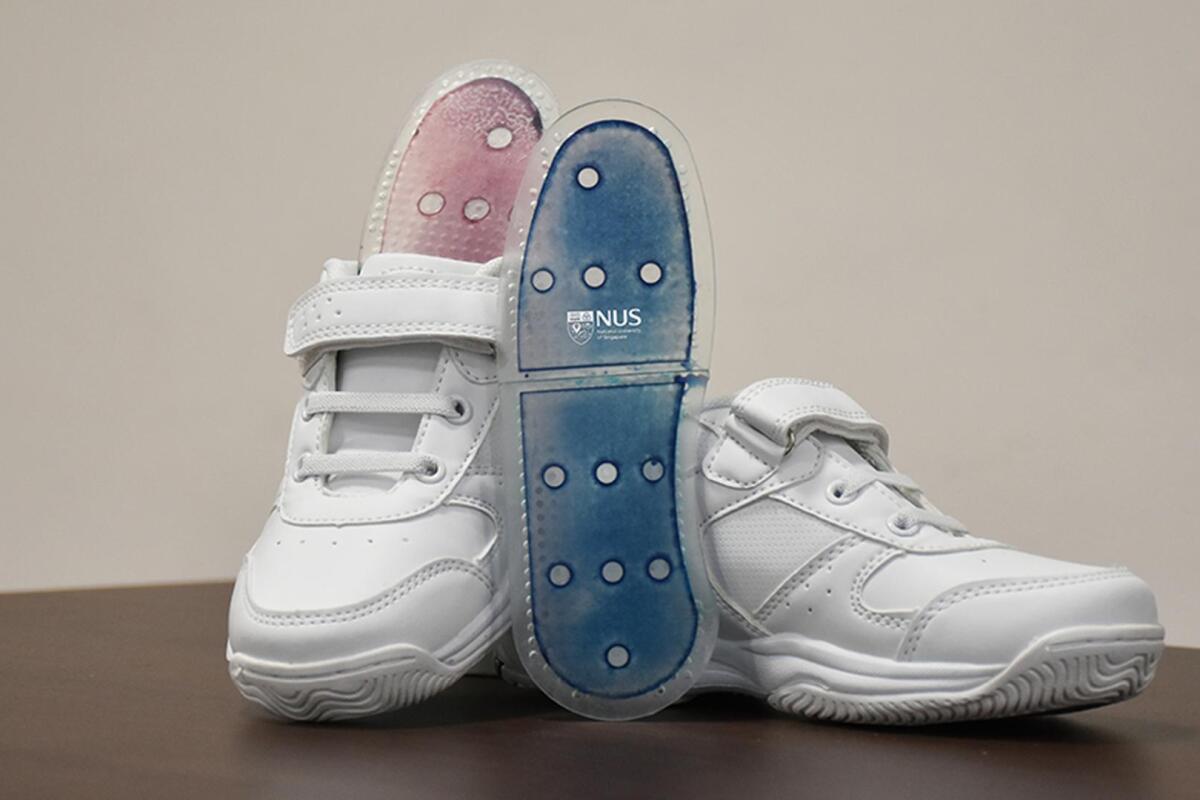Sweat is important for keeping us cool, but too much of it isn’t very pleasant either. Now, researchers at the National University of Singapore (NUS) have developed a new film that can absorb sweat – and better still, potentially use the moisture to power wearable electronics.
For sweat to cool us down properly, it needs to evaporate, which carries the heat away. The new film is designed to speed that process up, with the team claiming it works six times faster and absorbs 15 times more moisture than existing materials.
The film is made from two key chemicals, cobalt chloride and ethanolamine, which are effective water absorbers. These are then set into PTFE (polytetrafluoroethylene) membranes, which are waterproof, breathable, and flexible. The idea is that if the resulting material was incorporated into shoe insoles or underarm pads, it could keep wearers drier and more comfortable, particularly in hot weather or while exercising.
The film has a few other nifty little tricks up its sleeve too. It changes color as it absorbs moisture, starting off blue, then turning purple and eventually pink, which can be a handy way to tell how “full” it is. The material will also release the trapped water when placed in sunlight, and the team says it can be reused over 100 times.
Even better, the water can earn its keep while it’s inside the material as well. In another test, the team created a material that generates energy by absorbing moisture, using the new film as an electrolyte. This is sandwiched between eight electrochemical cells, each generating about half a volt, which together is enough to power an LED. That’s obviously not a huge amount of power, but as a proof of concept it suggests that low-power wearable electronic devices could one day be powered by sweat.
The research was published in the journal Nano Energy.
Source: National University of Singapore





